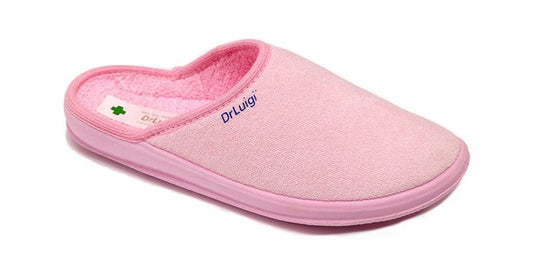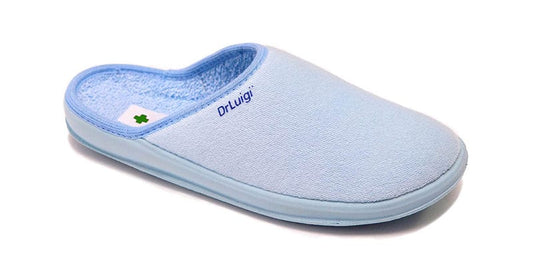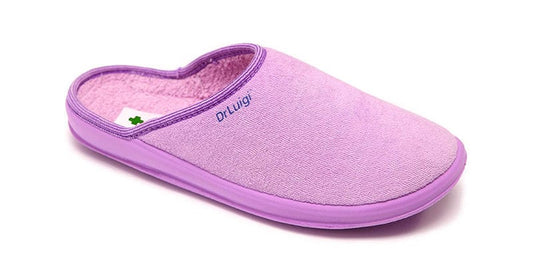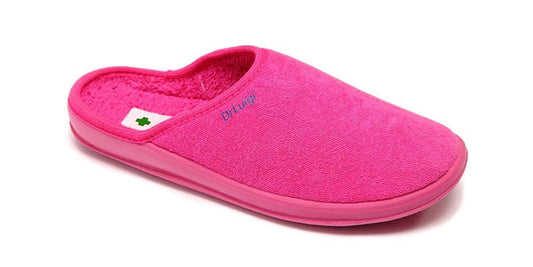Excessive foot sweating might result in unpleasant foot odor. This might cause social embarrassment, shame, and other negative consequences of this bothersome situation. In addition to the emotional issues produced by sweating, those who suffer from excessive foot sweating are more likely to develop infections. Infections are caused by causes such as bacteria found in the regular flora of the feet, heat, humidity, a breakdown of the skin barrier, and so on. The following are the most frequent diseases connected with sweating:
- Athlete’s foot (tinea pedis) is a contagious fungal infection that can affect the entire foot as well as the toenails. Severe itching, excoriations (scalds, skin scratches), redness, skin thickening are symptoms. Fungi such as Epidermophyton floccosum, Trichophyton rubrum sensu stricto, and Trichophyton interdigitale cause the infection. The virus is most transmitted in damp environments, such as swimming pools or walking on a wet floor. Infected skin flakes on a moist floor are dangerous. Infection spread is also common when infected shoes are shared. There are diseased skin flakes in the shoes and wearing synthetic narrow shoes for an extended period might lead to infection. This is why the disease is known as athlete’s foot, as athletes are disproportionately affected by it. Athlete’s foot is classified into three types: inflammatory, moccasin, and interdigital. The moccasin kind primarily affects the feet’s soles and the interdigital area between the toes, whereas the inflammatory type can affect the entire foot. The inflammatory version of the condition is the most severe, and fluid-filled blisters (bullae) may occur on the foot. These blisters can be exceedingly painful if they break. The nails are frequently damaged, and the alterations are visible as thickness, brittleness, foggy white-yellow nail color. Athlete’s foot generates unpleasant foot odor and can affect the groin and hands in addition to the feet. Antimycotics and symptomatic treatments are utilized in treatment; antimycotics include clotrimazole, miconazole, and tolnaphthalate ointments… Symptomatic measures include keeping the feet dry, changing socks on a regular basis, and using cotton or woolen socks, avoiding inappropriate footwear, and using one’s own nail trimming accessories… The selection of footwear requires special consideration. Tight and synthetic footwear should be avoided since these two elements are the most crucial in the development of fungal infections.

- Fungal infections of the nails (onychomycosis) – During a fungal infection of the entire foot, the nails are most affected (tinea pedis). Trichophyton rubrum, Epidermophyton floccosum are the fungi that cause the infection. The diseased nail gets white, thickens, brittle, and might peel. Distal subungual onychomycosis, white surface onychomycosis, proximal subungual onychomycosis, dystrophic onychomycosis, and other kinds of fungal nail infection exist. Distal subungual onychomycosis is the most frequent type of fungal nail infection. The fungus enters the nail from the lower (distal) edge in this case. The infection gradually spreads from the lower section of the nail, and the nail can even shift away from the base. Superficial onychomycosis is a lesser kind of infection that appears as distinct white dots on the nails that can be pulled off. Proximal subungual onychomycosis is a rare type of infection in which the fungus penetrates the nail from the top (proximal) section of the nail near the finger ball. In immunocompromised patients, this type of infection is prevalent (people receiving chemotherapy, HIV positive people) The nail falls off, and fresh nail growth is substantially hampered. Damage to the nail plate occurs in the event of dystrophic onychomycosis in the form of crumbling, thickening, and disintegration of the nail plate… Candida albicans is the causal agent of this kind of onychomycosis. Previously, systemic antifungal medicines were utilized to treat the condition, but now combination therapy is used. It involves of removing the infected nail using urea paste, administering local antimycotics (fungi-fighting medications), and changing the laser. Terbinafine, itraconazole, and fluconazole are currently used antimycotics. The road to full rehabilitation can be difficult, especially for disadvantaged groups. People with a weaker immune system (suffering from malignant diseases), diabetics, people with venous insufficiency, the elderly, athletes, and people with excessive foot sweating are especially vulnerable… The most important thing is to avoid fungal diseases of the feet and nails, which we achieve by practicing good hygiene. Also, when it comes to footwear, narrow shoes made of synthetic materials should be avoided because they increase the risk of fungal infections. We propose DrLuigi shoes because they allow the skin to “breathe” and reduce excessive sweating by using natural materials.

- Cellulitis and ulcerations – Cellulitis is a foot infection symptom. Streptococci or staphylococci cause an acute bacterial infection of the skin and subcutaneous tissue. People who have a compromised skin barrier are more likely to develop complications such as cellulitis and ulceration. Diabetes, peripheral artery disease, and peripheral neuropathy all compromise the skin barrier due to decreased nutrient and oxygen supply. Cellulitis and ulceration are most found in previous injuries that have not healed, damaged skin. Symptoms include redness, discomfort, the appearance of orange skin, and warmth in the affected area. The infection can cause blisters to grow on the skin, which are filled with a golden transparent liquid. Fortunately, the treatment is straightforward; the doctor recommends antibiotic therapy, resistance to the antibiotic extremely uncommon. Cellulitis frequently recurs, especially when combined with a fungal infection of the foot. Then it is necessary to treat the underlying ailment, preventing a fungal infection flare-up, and maintain adequate foot cleanliness.





